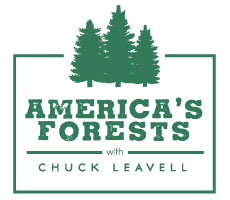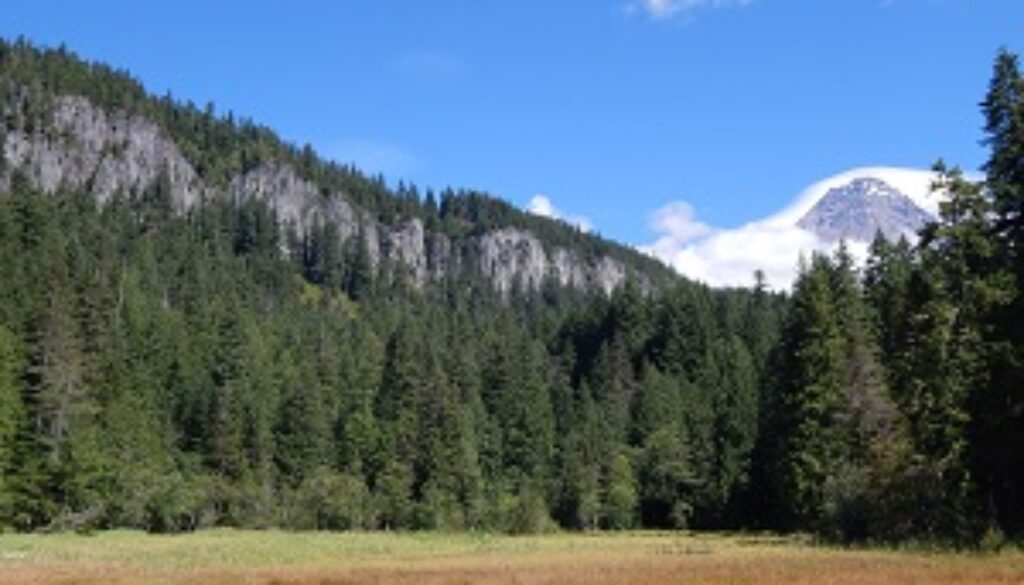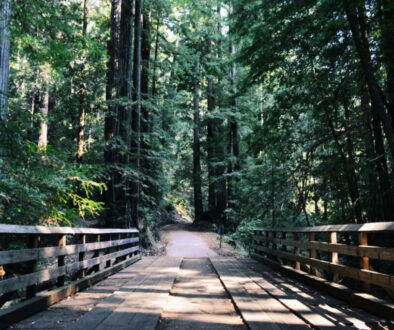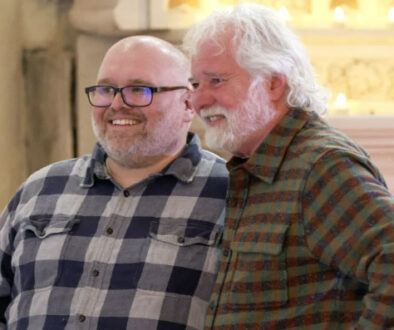Land and Water Conservation Fund Passage Helps States
LWCF Passage Helps States – and Offers Blueprint for Outdoor Community Success
By: Bruce Ward, President of Choose Outdoors
President Trump is expected to sign a major conservation bill soon after it arrives at the White House, most likely on or after March 5. In February 2019, the U.S. House and Senate passed permanent authorization for the Land and Water Conservation Fund by such large margins that both chambers easily could override a veto – and, political observers say, Trump isn’t likely to use his first veto on such a popular measure especially when he faces other, more contentious matters.
By contrast, the successful passage of permanent authorization for the Land and Water Conservation Fund (LWCF) eliminates what has been, in years past, an annual political squabble over whether to continue paying for important wildlife habitat and outdoor recreation projects at both the federal and state level. Congress created the LWCF in 1965 by setting aside a percentage of federal royalties earned on offshore oil and natural gas production. Too often, though, those dollars instead disappeared into the massive maw of Uncle Sam’s overall budget because Congress rarely funded the program at its full authorized level of $900 million per year – and in 2015 money for the LWCF ran out entirely. But in February, supporters convinced Congress to permanently reauthorize the measure at its full strength.
The unusually amiable, bipartisan passage of the LWCF happened largely because of nearly continuous hard work by thousands of public leaders and citizen advocates nationwide. A broad coalition of groups and individuals representing hunters, anglers, environmentalists and state officials made permanent authorization for the LWCF a high priority, finally convincing a congressional supermajority that the LWCF’s work was incredibly popular for a wide spectrum of voters.
This point is important: many different kinds of people enjoy the great outdoors in diverse ways, but sometimes the bickering among specific interests — hikers vs. mountain bikers, for example, or anglers vs. river rafters — fractures what otherwise should be a unified voice seeking greater support for our national and state parks, forests, wildlife refuges and other public lands and waterways. When outdoor groups unite we can achieve remarkable, positive outcomes – a lesson that we all need to absorb.
Among the states leaders who supported the LWCF’s permanent passage were Luis Benitez who captains Colorado’s Office of Outdoor Recreation (and who has worked for two Democratic governors), and Montana U.S. Senator Steve Daines, a Republican who several times spoke passionately about the issue.
They could point to the economic as well as environmental benefits of doing so: Colorado’s outdoor recreation economy generates $28 billion in consumer spending annually, and contributes 229,000 direct jobs, with collective annual wages and salaries of $9.7 billion, and $2 billion in state and local tax revenue. The Outdoor Industry Association has found that active outdoor recreation generates $7.1 billion annually in consumer spending in Montana, supports 71,000 jobs statewide, generating $2.2 billion in wages and salaries and producing $286 million annually in state and local tax revenue. About 950,000 people hunt, fish or watch wildlife in Montana each year, spending over $1.1 billion on wildlife-related recreation.
Montana offers a good example of how state governments also benefit from the LWCF through a program called Forest Legacy Program (FLP) grants. The grants not only support timber-sector jobs – still a big part of Montana’s economy – but also pays for sustainable forest operations and enhances wildlife habitat, water quality and recreation.
The LWCF’s state grant program also contributed to conserving places in Big Sky Country such as Kootenai River watershed in northwest Montana and the North Swan River Valley. Further, the FLP helps states and private forest owners maintain working forest lands through matching grants for permanent conservation easement and fee acquisitions. FLP also has leveraged some $73 million in federal funds to invest in Montana’s forests, while protecting air and water quality, wildlife habitat, access for recreation and other public benefits provided by forests. LWCF state assistance grants further have supported hundreds of projects across Montana’s state and local parks including Lewis and Clark Caverns State Park, Lone Pine State Park in Flathead County and hundreds of fishing access sites across the state.
Further evidence of the grant program’s importance can be found in Colorado, too, where “from parks to playgrounds, wilderness to wetlands, bicycle paths to hiking trails, LWCF has helped communities nationwide acquire nearly seven million acres of parkland, water resources and open space.” The grants require a 50 percent state match of the total project costs allowed by rules governing use of LWCF money. Since 1965, nearly 1,000 LWCF grants totaling more than $61 million have leveraged over $147 million for local government and state park outdoor recreational investments in Colorado.

Here are two key takeaways from 2019’s LWCF success:
- Wild animals, birds and fish don’t know whether they’re on federal or state lands, and sometimes even people who enjoy the great outdoors may forget whether they’re working or recreating on property managed at the national or state level. Programs like the LWCF are especially important – and prove particularly popular – precisely because they enhance both the state and federal lands, rivers and wildlife.
- The outdoor community must come together as a unified whole more often, because we share many goals and aspirations. When we speak as one voice, Congress and other public leaders will hear us.
Congratulations to all the many citizens who worked so hard to secure a permanent future for the LWCF, and a hearty thank you to the many U.S. senators and representatives who, regardless of political party, overwhelmingly voted for the measure.




